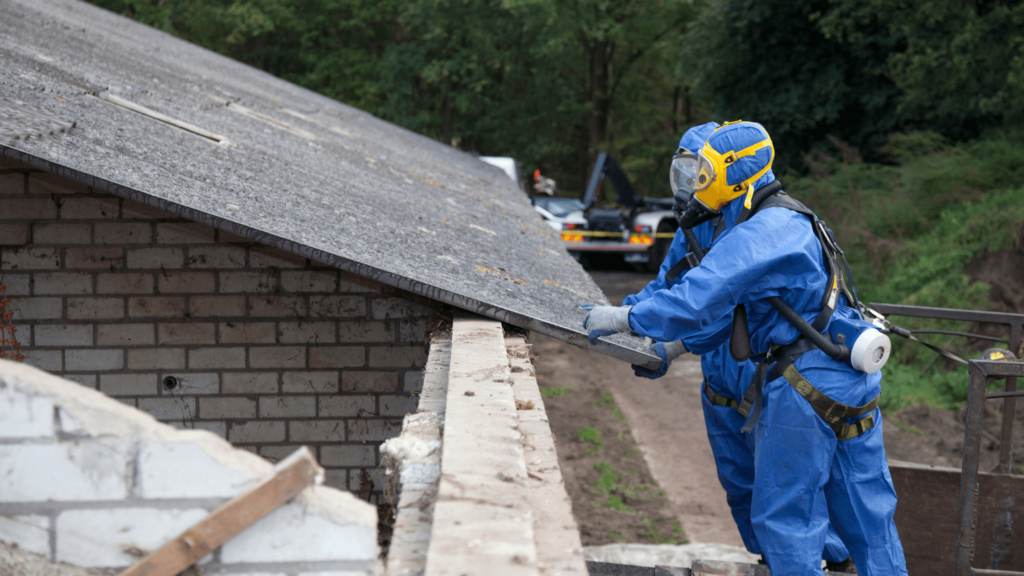With record-high temperatures in recent years in the U.S., federal officials are working to keep workers cooler and safer. The U.S. Occupational Safety and Health Administration (OSHA) is soliciting comments from the public on its proposed new heat safety regulations. The new National Emphasis Program (NEP) is meant to protect workers from heat-related injuries and illnesses by mandating that certain conditions be maintained for workers, including access to shade, water breaks, and other measures to protect them from heat-related illnesses.

However, some are questioning the new rule’s practicality. The rule includes regulations regarding indoor and outdoor work temperatures, specific to workers who wear protective clothing and those who don’t. For example, asbestos abatement workers who wear protective body suits and respirators while removing asbestos in hot conditions.
The proposed regulation mandates, among other things, that indoor workplaces must be cooled to below 87 degrees Fahrenheit when employees are present. If feasible, the indoor work area must also be cooled to 82 degrees in places where workers wear protective clothing or work in high-radiant areas.
The proposed rule is part of a package of more stringent heat safety regulations that OSHA is developing. This includes a rulemaking process to develop a workplace heat standard. OSHA is seeking public input on the rules before their final adoption.
The NEP will include worksite inspections, communication with companies on the new rules, and support for companies in complying with them. Under the proposed rule, OSHA will inspect worksites on days when the heat index is expected to be 80 degrees or higher.
OSHA is working to lower workers’ exposure to heat-related hazards that result in illness, injury, or death. OSHA officials could inspect a work site for heat stress conditions under certain conditions, such as when an employee injury occurs and the heat index is above 80 degrees onsite, if an employee complains about heat-stressing conditions, and in pre-planned inspections that investigate a combination of conditions which could result in heat-related injuries or death.
With the proposed new rule, OSHA is scrutinizing more than 70 high-risk industries, including construction and agriculture. The NEP requires a company’s Certified Safety and Health Officer (CSHO) to review documents and inspect for heat illness-related compliance procedures. Companies must be prepared to do the following:
- Supply OSHA 300 Logs and 301 Incident reports (if required by that industry)
- Interview workers for conditions that may indicate heat-related illnesses
- Determine if the employer has a heat illness and injury program
OSHA has programs that will help employers comply with the new rules, including its Heat Safety Tool. The tool provides safety information that’s accessible on mobile phones and enables workers to calculate the heat index on their worksite while displaying a risk level for that heat index. From there, the app provides protective measures to maintain workers’ safety, like reminders to schedule rest breaks, keep employees hydrated, plan for an emergency related to the heat, and more.
To submit comments, please follow these instructions:
You may submit comments and attachments, identified by Docket No. OSHA–2021–0009, electronically at http://www.regulations.gov, which is the Federal e-Rulemaking Portal. Follow the instructions online for making electronic submissions. After accessing ‘‘all documents and comments’’ in the docket (Docket No. OSHA–2021–0009), check the “proposed rule” box in the column headed “Document Type,” find the document posted on the date of publication of this document, and click the “Comment Now” link. When uploading multiple attachments to regulations.gov, please number all of your attachments because regulations.gov will not automatically number the attachments.


